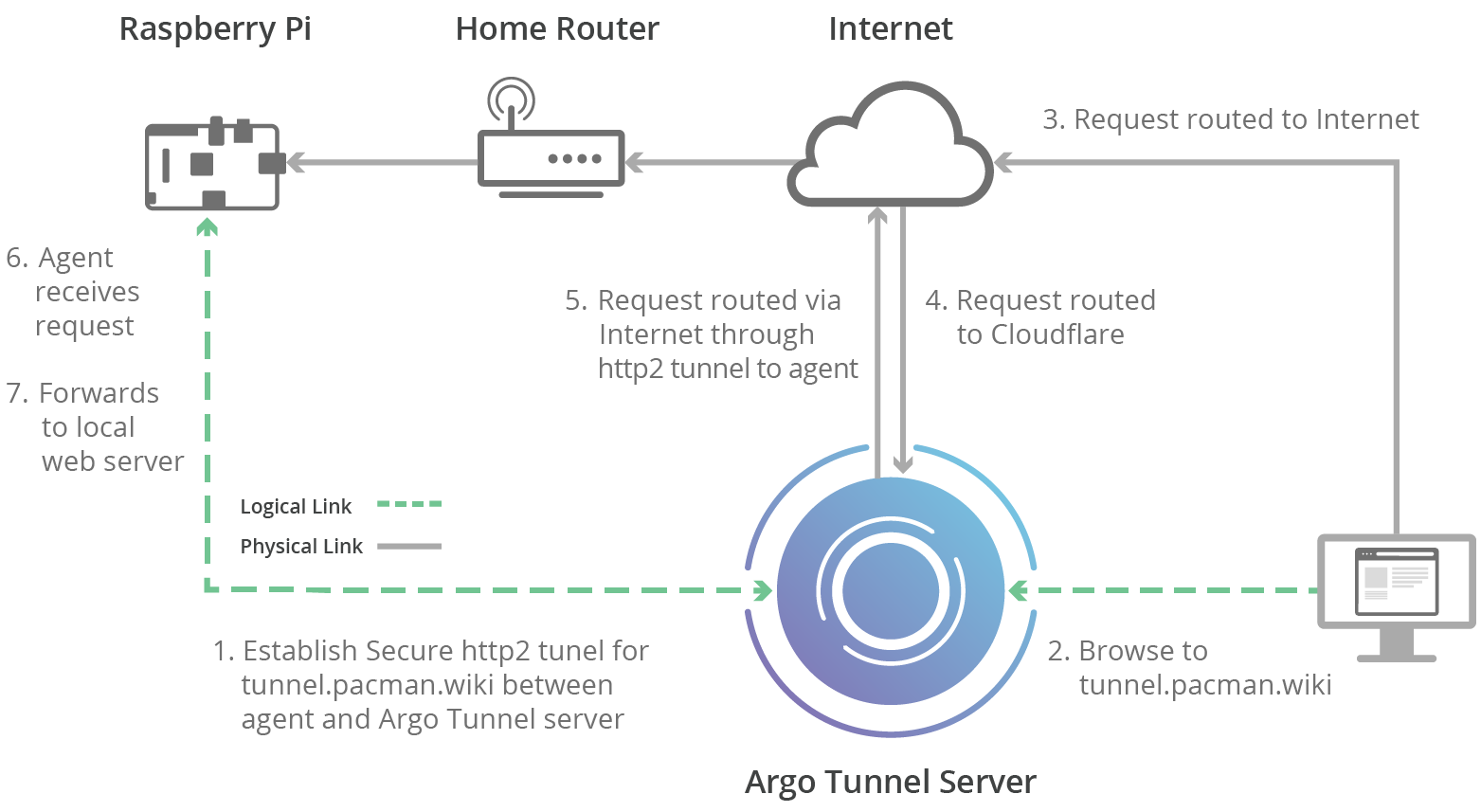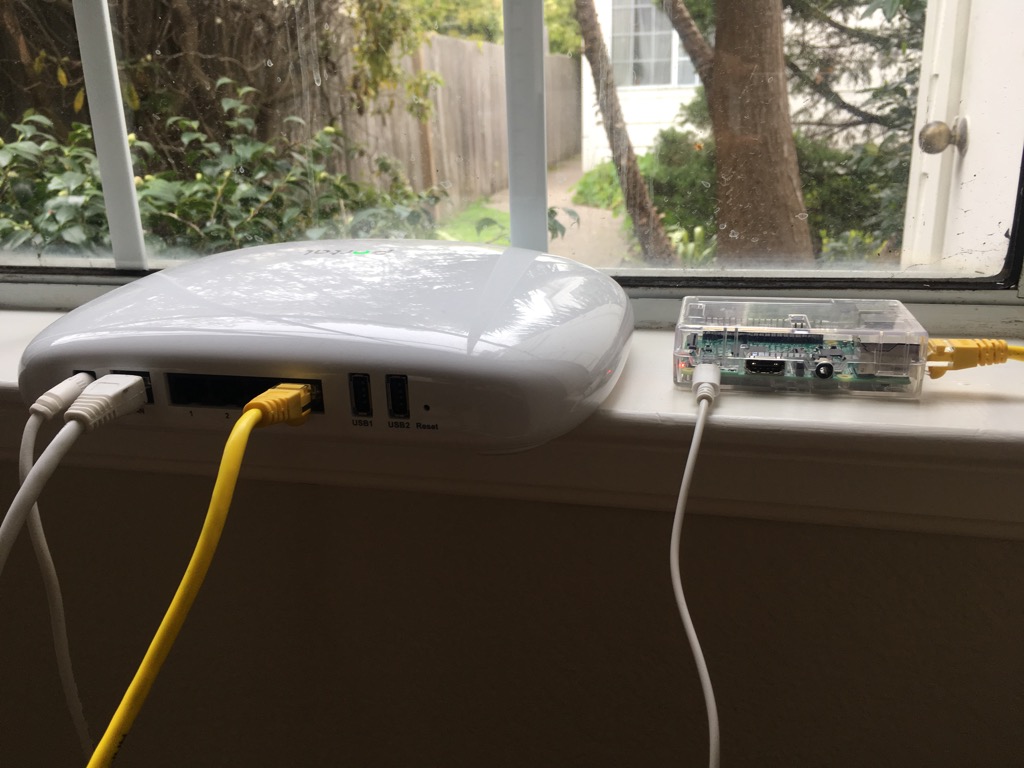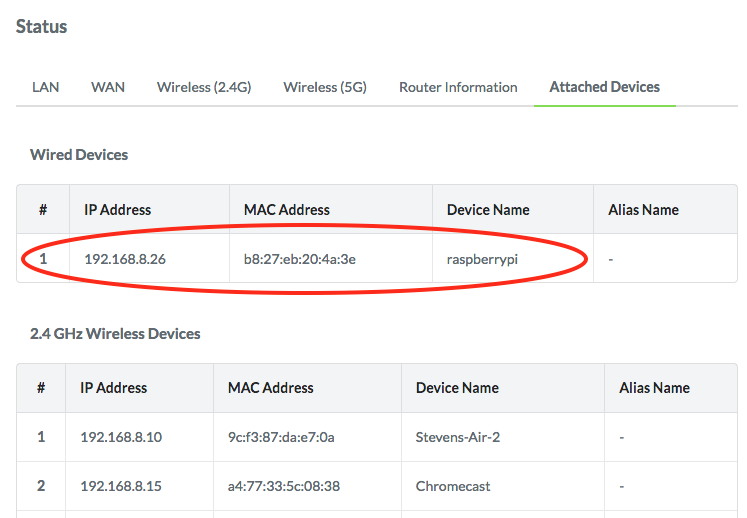Muhammad Shabbbir Awan: Reflections on the WTDC17
It’s been 5 months since WTDC17 concluded and I had time to reflect on the outcomes of the conference and the experience itself. WTDC sets the ITU’s development agenda and in Argentina last October over 1000 government delegates from close to 135 countries gathered during the two-week period. They were there to discuss a range of issues and shape the development sector’s priorities for the next four years. For me, it was a trip of many firsts: my first experience as an observer participating in a multilateral conference; my first trip to South America; and, as a visually impaired person, the eighteen hours flight duration was my first such experience.
To recall, I was a member of the Internet Society delegation as a Fellow. For me, the two motivators to apply for the fellowship opportunity were: first, the theme for WTDC17 (“ICTs for Sustainable Development Goals”) and possibility to make a difference. Second, my quest to learn even more about Internet Governance processes and to participate in the discussions.
WTDC17 had a packed agenda that included ceremonial events marking the 25th Anniversary of the Development Sector and side events on a range of Sustainable Development Goal (SDG) topics.
 The security startup, founded by former Juniper, Fortinet, Barracuda, and Aerohive executives, exited stealth mode with its AI-based breach detection platform.
The security startup, founded by former Juniper, Fortinet, Barracuda, and Aerohive executives, exited stealth mode with its AI-based breach detection platform. The platform allows companies to better manage data that must remain on premises due to compliance, security, or latency reasons.
The platform allows companies to better manage data that must remain on premises due to compliance, security, or latency reasons. The FCC wants to ban any spending from the Universal Service Fund on networking equipment that could pose a security threat.
The FCC wants to ban any spending from the Universal Service Fund on networking equipment that could pose a security threat.









